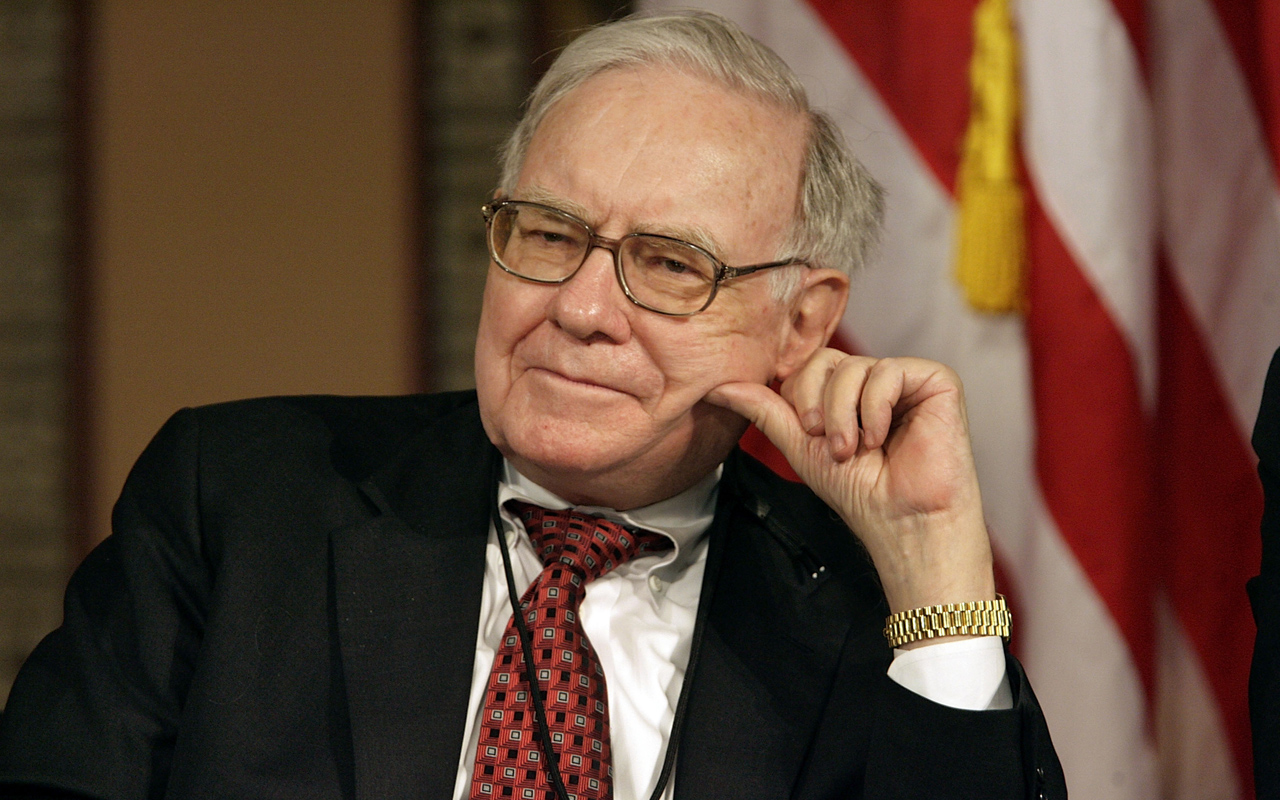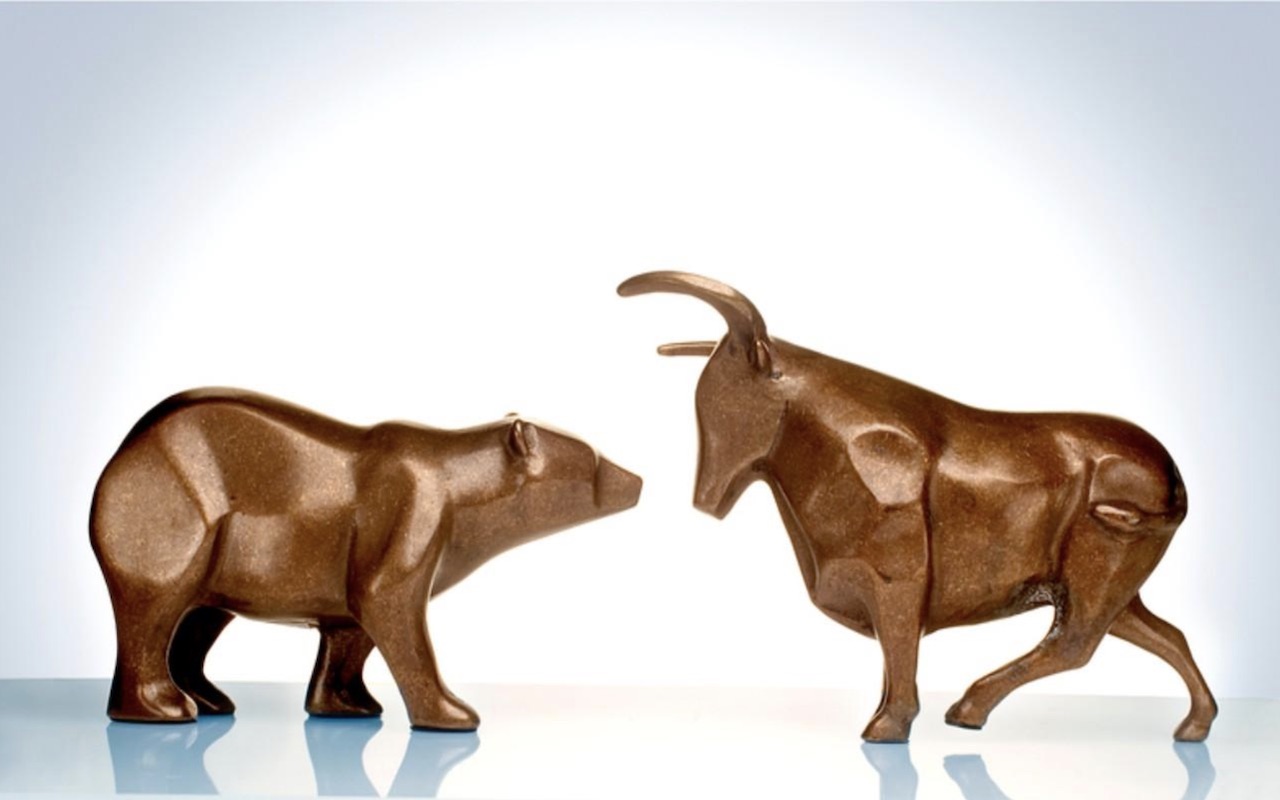What a Bear Market Does to Your Brain
Normal market cycles can stir up your emotions and push you to invest unwisely, but being aware of your behavioral biases can help you focus on your long-term plan.

Most investors are aware that the stock market rotates through a number of phases over the course of an economic cycle, with various sectors and industries doing better than others at different times. Well, investors pass through a number of emotional stages during the course of a market cycle—often to our detriment. Being aware of the behavioral biases that can hold sway at different periods can go a long way toward keeping you—and your portfolio—on track.
Start at the beginning, just before a bull market takes off. Having been mauled by a bear market, investors have a strong aversion to loss, which research has shown is twice as painful as a gain is pleasurable. A phenomenon known as anchoring makes it hard to let go of the negative events that precipitate or accompany a bear market. Persistent worries about a double-dip recession or another market downdraft make it easy to fall prey to status quo bias: You’re largely out of the market, and inertia and procrastination make it hard to get back in, just when the opportunity is greatest.
In the middle stages of a bull market, the bad memories start to fade. FOMO—fear of missing out—draws you in. You see your friends making money, and stocks are all over the news. The next thing you know, you’re part of the herd, subject to the strong pull of group behavior. At this stage, “investors view the last bear market as a one-time aberration, blamed on a housing bubble or a financial crisis,” says Jim Stack, of InvesTech Research. They believe that everything is now under control.

Sign up for Kiplinger’s Free E-Newsletters
Profit and prosper with the best of expert advice on investing, taxes, retirement, personal finance and more - straight to your e-mail.
Profit and prosper with the best of expert advice - straight to your e-mail.
Confidence kills. In the later stages of a bull market, investors become overconfident in their own judgment and abilities, underestimating risk and overestimating expected returns, says Stack. FOMO intensifies. People put more money in stocks than they otherwise would, as greed takes over and long-term risk management goes out the window.
Two other biases contribute to speculation in the later stages of a bull market, says Victor Ricciardi, a finance professor at Goucher College and coeditor of the book Financial Behavior: Players, Services, Products, and Markets. A tendency toward representativeness leads investors to draw extended conclusions from a limited sample of evidence—as in, stocks will keep going up just because they have been. Familiarity bias causes investors to concentrate their assets in the stocks and sectors that have been doing the best while ignoring underperformers, which leads to a lack of diversification.
As a bear market begins to materialize, anchoring again comes into play. The most recent market top becomes the anchor, or the target that investors believe they need to reach in order to sell their shares, says Stack. Finally, as the downturn crescendos, herding behavior comes back in full force. It generates brutal sell-offs that carry stocks far below fair value, leading to investor capitulation and wholesale dumping at the bottom. About 60% of a bear market’s declines take place in the final third of the downturn, notes Stack. And then the cycle begins again.
You can do a few simple things to lessen the effects of behavioral biases on your portfolio. Keep a long-term chart of the stock market handy to help you maintain historical perspective. Determine an asset allocation that is both diversified and appropriate to your risk tolerance and stage in life, and then rebalance on schedule, no matter what the market is doing.
If you’re saving for a long-term goal, dollar-cost average by investing a fixed amount on a regular schedule. That takes the emotion out of buying and lowers your average cost per share. If you’re in or close to retirement, keep enough cash to cover one to two years of living expenses so you can ride out any downturns.
Get Kiplinger Today newsletter — free
Profit and prosper with the best of Kiplinger's advice on investing, taxes, retirement, personal finance and much more. Delivered daily. Enter your email in the box and click Sign Me Up.

Anne Kates Smith brings Wall Street to Main Street, with decades of experience covering investments and personal finance for real people trying to navigate fast-changing markets, preserve financial security or plan for the future. She oversees the magazine's investing coverage, authors Kiplinger’s biannual stock-market outlooks and writes the "Your Mind and Your Money" column, a take on behavioral finance and how investors can get out of their own way. Smith began her journalism career as a writer and columnist for USA Today. Prior to joining Kiplinger, she was a senior editor at U.S. News & World Report and a contributing columnist for TheStreet. Smith is a graduate of St. John's College in Annapolis, Md., the third-oldest college in America.
-
 5 Easy Weatherproofing Projects That Help Prevent Damage and Save on Insurance
5 Easy Weatherproofing Projects That Help Prevent Damage and Save on InsuranceProtect your home from storms and water damage with these simple weatherproofing upgrades — some may help reduce your home insurance premium.
By Paige Cerulli
-
 If Trump Fires Jerome Powell, What Happens To Savings and Mortgage Rates?
If Trump Fires Jerome Powell, What Happens To Savings and Mortgage Rates?President Donald Trump expressed his desire to remove Fed Chair Jerome Powell. If the president is successful, how would it impact your savings accounts?
By Sean Jackson
-
 How I'm Going to Invest My Mega Millions Lottery Jackpot
How I'm Going to Invest My Mega Millions Lottery JackpotThe odds of winning the Mega Millions lottery are effectively zero, but here's how I'm investing my fortune should I hit the jackpot.
By Dan Burrows
-
 Four Random Facts and Thoughts About Warren Buffett
Four Random Facts and Thoughts About Warren BuffettIf I love Warren Buffett so much why don't I just marry him?
By Dan Burrows
-
 Investing in Gold Is Dumb
Investing in Gold Is DumbStocks are better than gold for both generating wealth and offering protection against inflation.
By Dan Burrows
-
 What's So Scary About a Mega-Cap Tech Bull Market?
What's So Scary About a Mega-Cap Tech Bull Market?Bears say the market can't keep rallying when only five mega-cap tech stocks are driving returns, but history suggests otherwise.
By Dan Burrows
-
 We Are Not in a Bull Market
We Are Not in a Bull MarketIt takes more than a 20% gain off the low to proclaim the beginning of a new bull market.
By Dan Burrows
-
 Why I Don't Buy Stocks
Why I Don't Buy StocksIt's nearly impossible to beat the market – but it is cheap and easy to match it.
By Dan Burrows
-
 Amy Domini on the Secrets of Sustainable Investing
Amy Domini on the Secrets of Sustainable InvestingESG An ESG pioneer says finding good corporate citizens is the best way to make money.
By Ellen Kennedy
-
 New Ways to Invest in Bitcoin
New Ways to Invest in BitcoinBecoming an Investor ProShares Bitcoin Strategy and other ETFs offer an easier way to gain bitcoin exposure than buying the actual cryptocurrency.
By Nellie S. Huang